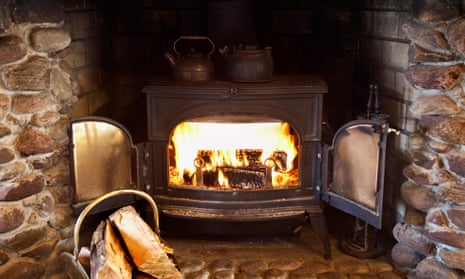A new study shows how home wood burning is worsening air quality in UK towns and cities. Wood burning is adding between 24% and 31% to the particle pollution emitted in Birmingham and London. Many people think that this is a harmless form of heating, but it is often hard to see the impact of a pollutant until it is taken away.
That’s exactly what researchers did in three studies. Between 2005 and 2007, 1,110 old wood stoves were replaced in the small town of Libby, Montana. Wintertime particle pollution reduced by 28% and children had less wheeze, respiratory infections and sore throats. After banning wood burning on 100 of the most polluted days in California’s San Joaquin Valley in 2012, between 7% and 11% fewer old people were admitted to hospital with different types of heart problems. Finally, particle pollution dropped by 40% in Launceston, Tasmania when many wood-burning homes were converted to electric heating. Death rates in the over-65s fell by about 10%, an effect most clearly seen in men. In contrast, there were no matching health changes in nearby Hobart, which was outside the conversion scheme.

Comments (…)
Sign in or create your Guardian account to join the discussion